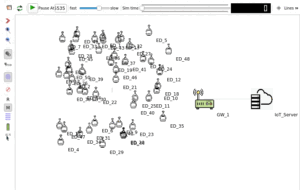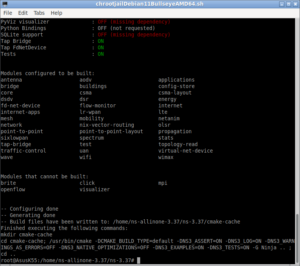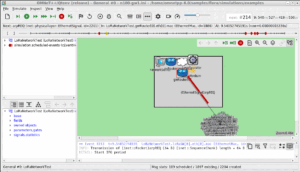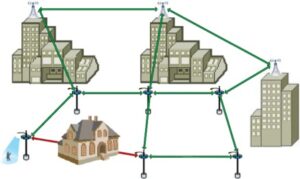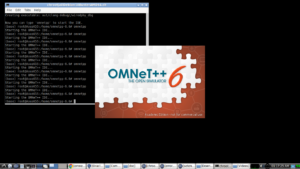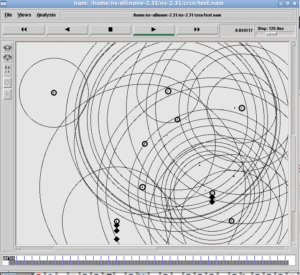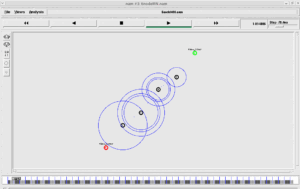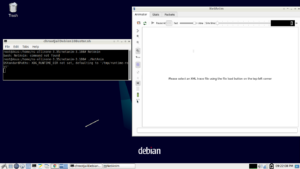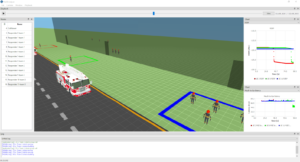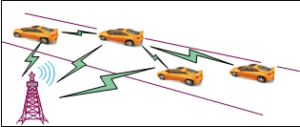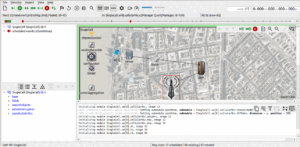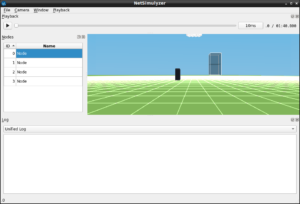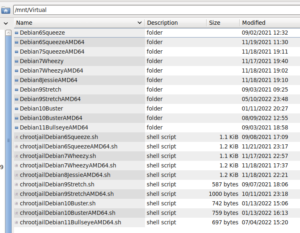Misbehavior Detection (MBD)
MBD in Cooperative Intelligent Transport Systems (C-ITS) refers to the process of identifying and detecting improper or malicious behaviour exhibited by vehicles or entities within a cooperative transportation system. C-ITS involves the exchange of information between vehicles and infrastructure to enhance safety, efficiency, and mobility.
In C-ITS, MBD plays a crucial role in maintaining the integrity and security of the system. It involves monitoring and analysing various data sources, such as vehicle-to-vehicle (V2V) and vehicle-to-infrastructure (V2I) communications, sensor data, and system logs, to identify anomalous or unauthorized behaviour. MBD techniques aim to distinguish between normal behaviour and potentially harmful or non-compliant actions that can jeopardize the overall operation of the cooperative system.
Techniques used for MBD
Some common methods and techniques used for MBD in C-ITS include:
- Data Analytics: Utilizing machine learning and statistical analysis to identify patterns and anomalies in collected data.
- Rule-based Systems: Establishing predefined rules and thresholds to detect specific types of misbehaviour or deviations from expected behaviour.
- Reputation Systems: Evaluating the trustworthiness and reputation of vehicles or entities based on their past behaviour or feedback from other participants.
- Anomaly Detection: Employing algorithms to identify abnormal behaviour based on deviations from established models or statistical norms.
- Trust and Authentication Mechanisms: Verifying the authenticity and integrity of participating vehicles and infrastructure to prevent malicious attacks.
The goal of MBD in C-ITS is to ensure the reliable and secure operation of the cooperative system, promoting trust among participants and enabling the benefits of cooperative transportation, such as improved traffic flow, enhanced safety, and optimized resource utilization.
Framework For Misbehavior Detection (F2MD)
“MisBehavior Detection (MBD) in Cooperative Intelligent Transport Systems (C-ITS) is an active research topic which consists of monitoring data semantics of the exchanged Vehicle-to-X communication (V2X) messages to detect and identify potential misbehaving entities. The detection process consists of performing plausibility and consistency checks on the received V2X messages. If an anomaly is detected, the entity may report it by sending a Misbehavior Report (MBR) to the Misbehavior Authority (MA). The MA will then investigate the event and decide to revoke the sender or not. In this paper, we present a MisBehavior Detection (MBD) simulation framework that enables the research community to develop, test, and compare MBD algorithms. We also demonstrate its capabilities by running example scenarios and discuss their results.” [2]
The project F2MD[1] aims to recreate within a simulation all the elements that form the chain of misbehaviour detection.
F2MD supports the following Two Technologies:
- ITS-G5 (IEEE 802.11p)
- C-V2X (3GPP PC5 Mode 4)
The following are the available features of F2MD Extension listed at [1]
- Basic Plausibility Checks on Received Beacons (mdChecks)
- Node Level Plausibility Investigation (mdApplications)
- Real-Time Machine Learning for Plausibility Investigation (HTTP to the Python Server: machine-learning-server)
- Real-Time Detection Status Output (mdStats, see README in f2md-results)
- Support for Multiple Reporting Mechanisms (mdReport)
- Support for Global Reports Collection and Investigation (HTTP to the Python Server: misbehavior-authority-server)
- Basic Psudonym Change Policies (mdPCPolicies)
- Local and Global Misbehavior Attacks Implementation (mdAttacks)
- Launch Attacks in Real Time (HTTP to the Python Server: attack-server)
Installation
Step 1: Install Sumo 1.5.0
You may refer to the following article to install SUMO in your machine. It is an installation procedure that will do the installation in chroot jail. One may use the same procedure to install SUMO in their native Linux installation also.
For native SUMO install, you may follow the Part-I of the procedure (Part – I. The SUMO Installation).
Step 2: Install OMNeT++ 5.6.1
Installing Omnet++ in Debian 9 chroot Jail Under Debian 11 Host OS
Sorry. This article is not yet available for viewing.
References
- https://github.com/josephkamel/F2MD
- Kamel, Joseph & Ansari, Mohammad & Petit, Jonathan & Kaiser, Arnaud & Ben Jemaa, Ines & Urien, Pascal. (2020). Simulation Framework for Misbehavior Detection in Vehicular Networks. IEEE Transactions on Vehicular Technology. PP. 10.1109/TVT.2020.2984878.
- Abdelwahab Boualouache and Thomas Engel, “A Survey on Machine Learning-based Misbehavior Detection Systems for 5G and Beyond Vehicular Networks”, arXiv:2201.10500v1 [cs.CR] 25 Jan 2022

 Discuss Through WhatsApp
Discuss Through WhatsApp